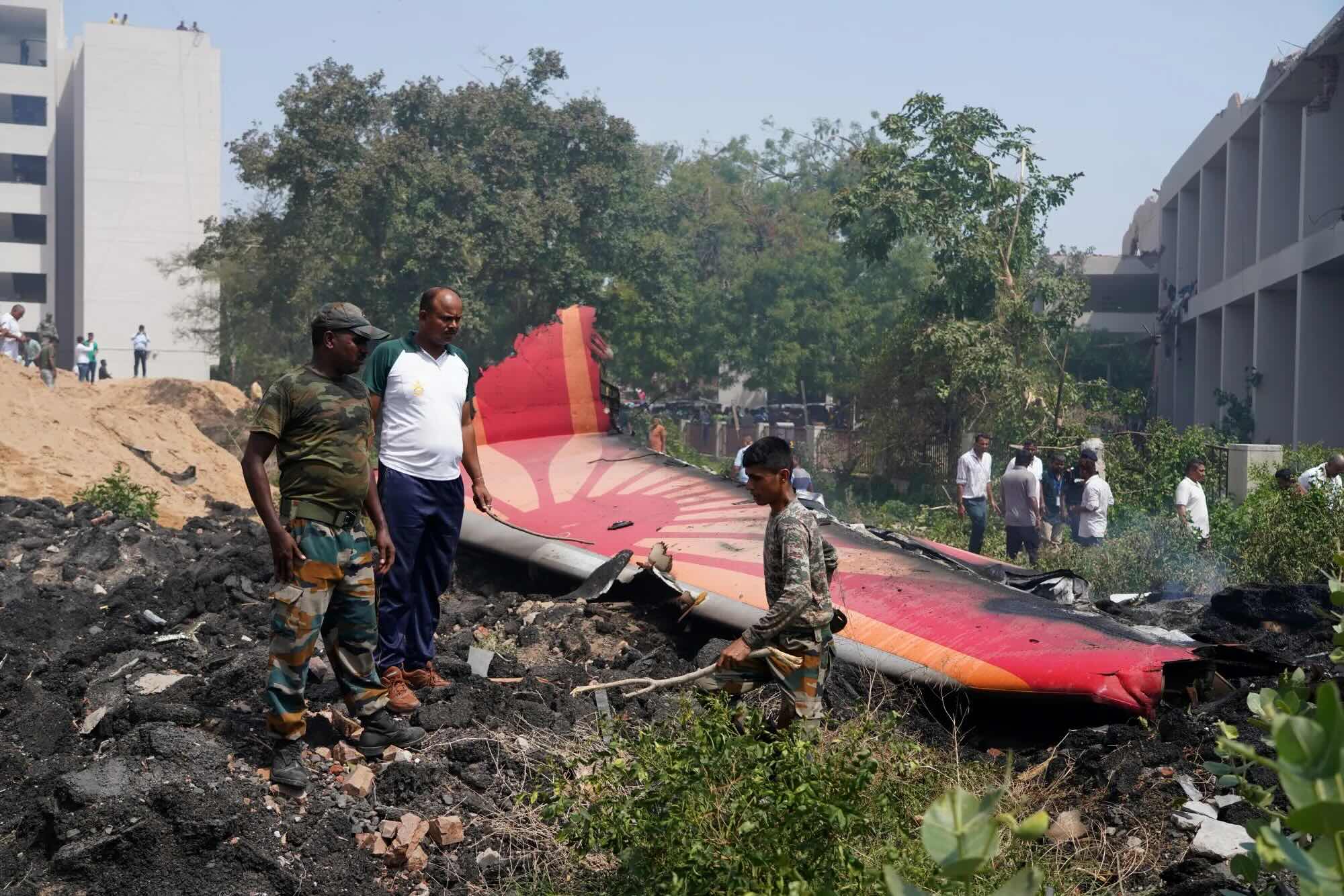
What happened in the Air India crash? The Air India crash is a tragic event that has left many searching for answers. On May 22, 2010, Air India Express Flight 812 overshot the runway at Mangalore Airport, resulting in a devastating accident. The Boeing 737-800 aircraft, carrying 160 passengers and six crew members, crashed into a wooded valley, leading to the loss of 158 lives. This incident is one of the deadliest aviation disasters in India's history. Factors such as pilot error, poor visibility, and challenging terrain contributed to the crash. Understanding these details helps honor the memory of those lost and improve future aviation safety.
Air India Crash: A Tragic Event
The Air India crash remains one of the most tragic events in aviation history. This article will delve into various aspects of the incident, shedding light on the details and aftermath.
-
The Air India crash occurred on May 22, 2010, when Flight 812 overshot the runway at Mangalore International Airport.
-
The aircraft involved was a Boeing 737-800, a popular model known for its reliability.
-
The flight originated from Dubai and was carrying 160 passengers and six crew members.
-
Only eight passengers survived the crash, making it one of the deadliest aviation disasters in India.
-
The crash site was located in a hilly area, complicating rescue operations.
Causes and Investigations
Understanding the causes behind the crash is crucial for preventing future incidents. Here are some key findings from the investigations.
-
Pilot error was identified as a significant factor contributing to the crash.
-
The aircraft landed beyond the touchdown zone, reducing the available runway length for a safe stop.
-
The runway at Mangalore International Airport is a tabletop runway, which poses additional challenges for landing.
-
Weather conditions were reported to be poor, with heavy rain and low visibility at the time of landing.
-
The cockpit voice recorder revealed that the pilots ignored several warnings from the aircraft's automated systems.
Aftermath and Repercussions
The aftermath of the crash had far-reaching consequences, affecting not just the victims' families but also aviation policies and safety measures.
-
The Indian government announced compensation for the victims' families, amounting to INR 10 lakh (approximately $13,000) per deceased passenger.
-
Air India faced severe criticism for its handling of the incident and subsequent compensation processes.
-
The crash led to a review of safety protocols at Indian airports, particularly those with tabletop runways.
-
The Directorate General of Civil Aviation (DGCA) implemented stricter guidelines for pilot training and runway safety.
-
The incident also prompted airlines to enhance their emergency response plans.
Memorials and Tributes
Memorials and tributes play a crucial role in honoring the victims and keeping their memories alive.
-
A memorial was erected near the crash site to honor the victims.
-
Annual remembrance ceremonies are held, attended by victims' families and local officials.
-
The survivors and families of the deceased have formed support groups to help each other cope with the tragedy.
-
Various NGOs have been involved in providing psychological support to the affected families.
-
The crash has been the subject of several documentaries and news reports, ensuring that the incident is not forgotten.
Lessons Learned
Every tragedy offers lessons that can help prevent future occurrences. The Air India crash is no exception.
-
The importance of adhering to safety protocols was underscored by this tragic event.
-
The need for better training programs for pilots, especially for challenging runways, became evident.
-
The crash highlighted the importance of advanced warning systems and their role in preventing accidents.
-
The incident led to increased awareness about the risks associated with tabletop runways.
-
Airlines worldwide took note of the crash and reviewed their own safety measures to prevent similar incidents.
Technological and Policy Changes
In the wake of the crash, several technological and policy changes were implemented to enhance aviation safety.
-
Enhanced Ground Proximity Warning Systems (EGPWS) were made mandatory for aircraft operating in India.
-
The DGCA introduced stricter regulations for runway maintenance and inspection.
-
New policies were implemented to ensure better coordination between air traffic control and pilots during adverse weather conditions.
-
The crash led to the development of more comprehensive emergency response protocols for airports.
-
International aviation bodies took note of the incident, leading to global discussions on improving aviation safety standards.
Final Thoughts on the Air India Crash
The Air India crash remains a significant event in aviation history. Understanding the details helps us appreciate the advancements in safety protocols. This tragic accident led to improved regulations and better training for pilots and crew. It also highlighted the importance of communication and coordination among international aviation authorities.
By learning from past mistakes, the aviation industry continues to strive for safer skies. The crash serves as a reminder of the complexities involved in air travel and the constant need for vigilance. As we remember those who lost their lives, we also acknowledge the progress made to prevent such tragedies in the future.
Staying informed about these events not only honors the victims but also encourages ongoing improvements in aviation safety. Let's continue to support efforts that make flying safer for everyone.
Was this page helpful?
Our commitment to delivering trustworthy and engaging content is at the heart of what we do. Each fact on our site is contributed by real users like you, bringing a wealth of diverse insights and information. To ensure the highest standards of accuracy and reliability, our dedicated editors meticulously review each submission. This process guarantees that the facts we share are not only fascinating but also credible. Trust in our commitment to quality and authenticity as you explore and learn with us.
